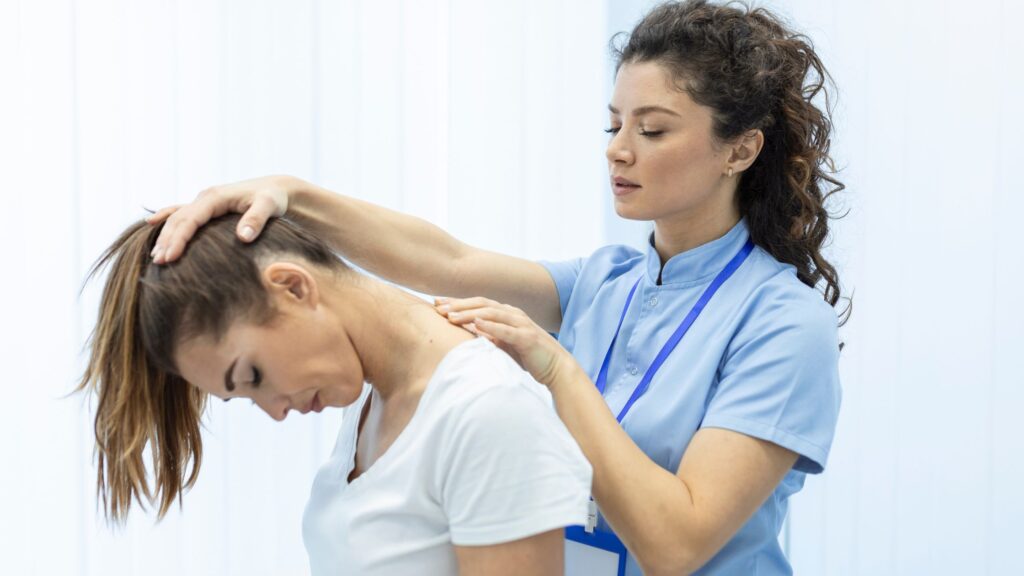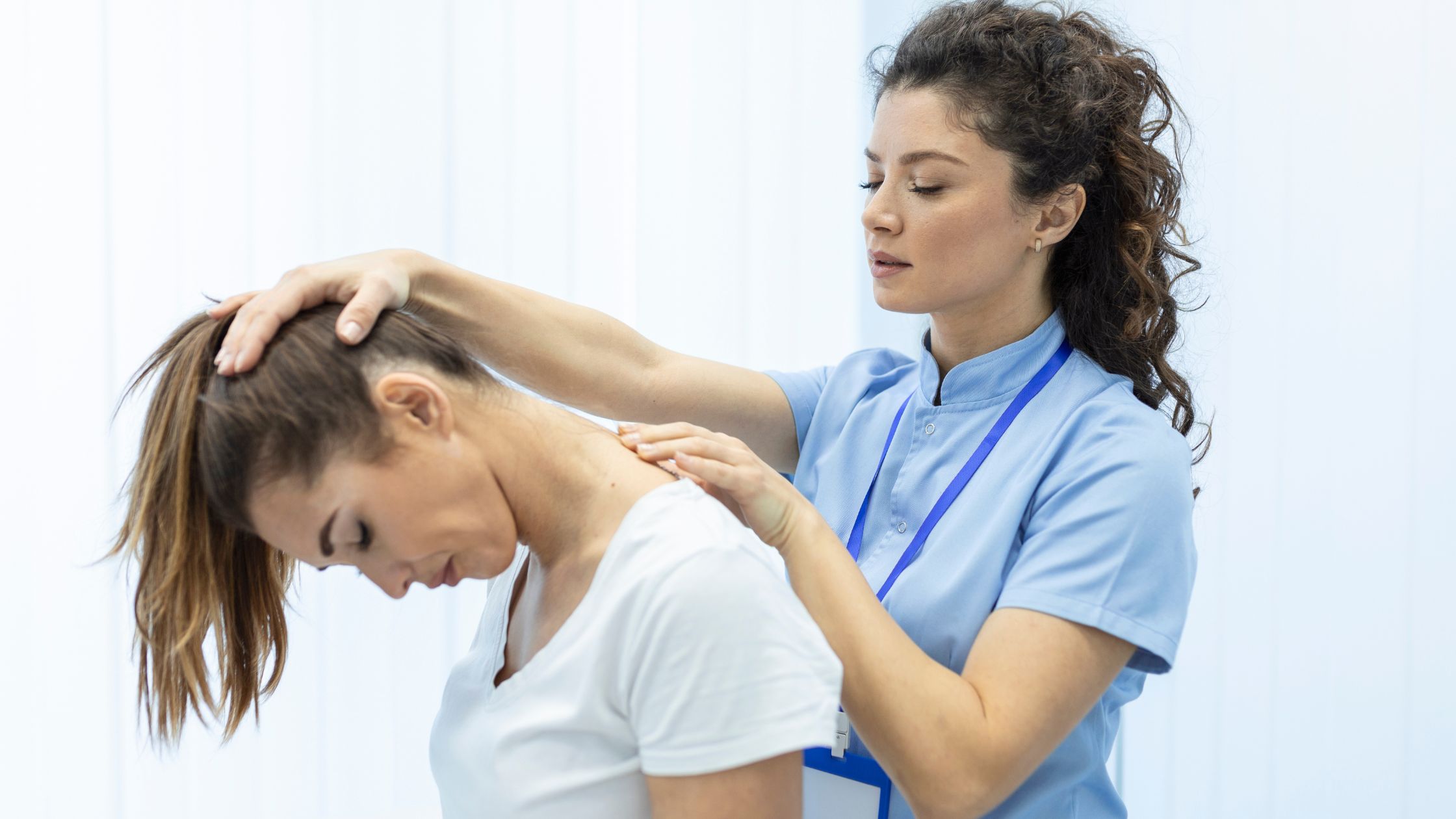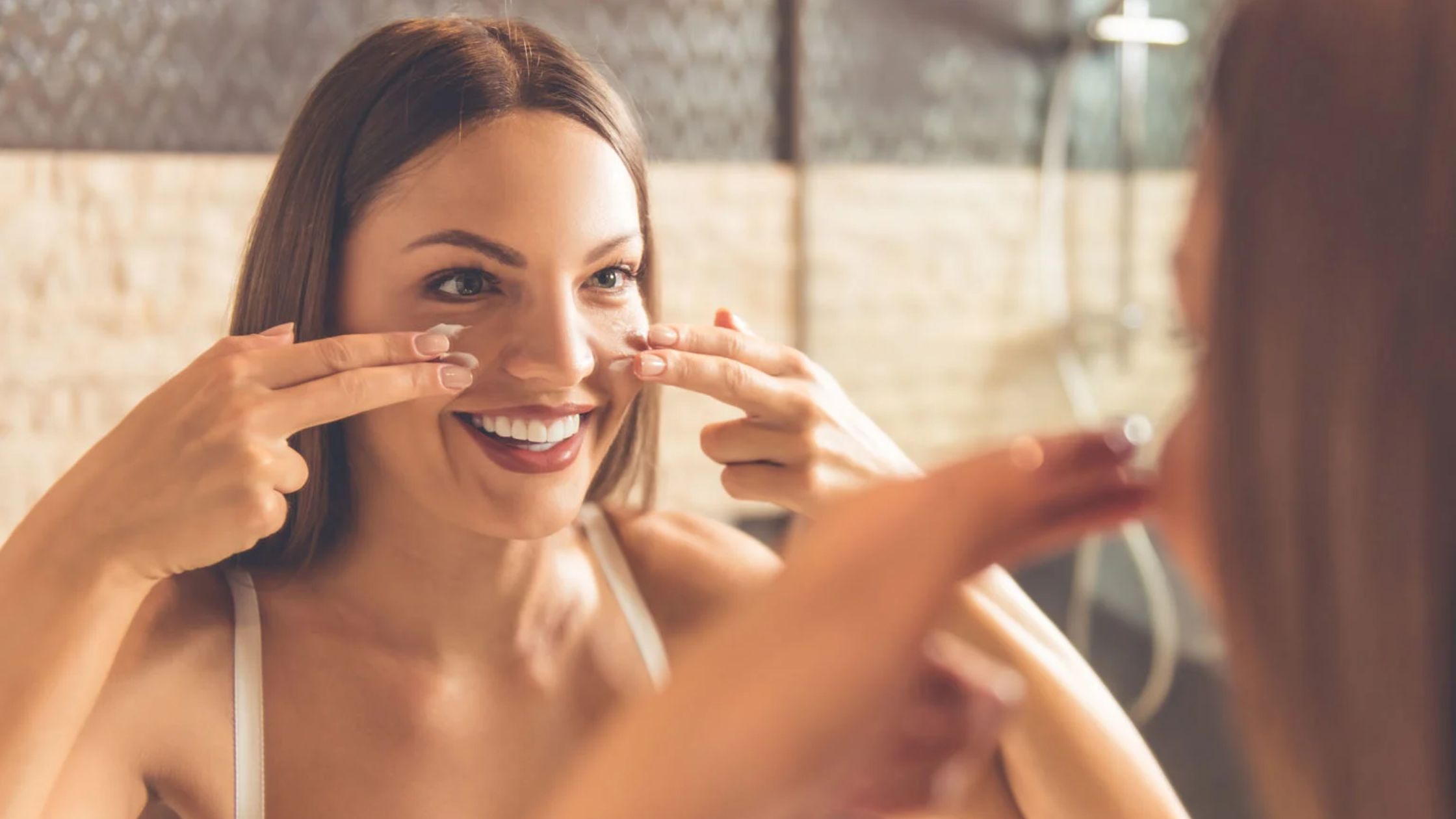Have you ever experienced the discomfort of painful blisters on your skin? While blisters can be a common occurrence, especially during warmer months or as a result of certain activities, it’s crucial to understand the underlying causes and how to manage them effectively. One such condition that often leads to the formation of blisters is known as “Blisterata.” In this article, we’ll delve into the intricacies of this condition, from its symptoms to its treatment options, to help you better understand and manage this skin ailment.
Understanding Blisterata:
Blisterata, a term derived from the combination of “blister” and “dermatitis,” refers to a specific type of dermatological condition characterized by the formation of multiple, often itchy, blisters on the skin. These blisters can vary in size and are typically filled with fluid. While they can manifest anywhere on the body, they commonly appear on the hands, feet, or areas that are subject to friction or pressure.
Symptoms of Blisterata:
The primary symptoms of Blisterata typically include:
- Formation of fluid-filled blisters on the skin’s surface.
- Itching and discomfort in the affected areas.
- Redness and inflammation around the blisters.
- Tenderness or pain, especially when pressure is applied.
Causes of Blisterata:
Several factors can contribute to the development of Blisterata. These may include:
- Friction or constant rubbing of the skin, often resulting from ill-fitting footwear or repetitive manual tasks.
- Allergic reactions to certain materials or substances, such as latex, chemicals, or specific fabrics.
- Exposure to extreme heat or sunburn, leading to sun blisters.
- Certain medical conditions like eczema, herpes, or autoimmune disorders may also trigger Blisterata in some individuals.
Effective Treatment Options:
While Blisterata can be uncomfortable and bothersome, several effective treatment options are available to manage the symptoms and promote healing. These may include:
- Keeping the affected area clean and dry to prevent infection.
- Applying soothing ointments or creams to reduce itching and inflammation.
- Using bandages or sterile coverings to protect the blisters from further irritation.
- Avoiding further friction or pressure on the affected area.
- In some cases, over-the-counter antihistamines or pain relievers may be recommended to alleviate discomfort.
Preventive Measures:
Prevention plays a pivotal role in managing Blisterata. Here are some preventive measures to reduce the likelihood of developing this condition:
- Wearing appropriate, well-fitting footwear and clothing to minimize friction.
- Using protective gloves when engaging in manual activities that may cause friction or irritation.
- Avoiding contact with known allergens or irritants.
- Regularly applying sunscreen to prevent sunburn-induced blisters.
Consulting a dermatologist is advisable if the blisters persist, worsen, or show signs of infection, as timely medical intervention can prevent complications and promote faster healing.
Also Read: Why Do My Ears Get Hot Suddenly?
Conclusion:
Blisterata, though discomforting, can be managed effectively with proper care and precautionary measures. By understanding the symptoms, causes, and available treatment options, individuals can take proactive steps to alleviate the discomfort associated with this condition. Prioritizing skin health and taking preventive measures can go a long way in minimizing the occurrence of Blisterata and maintaining overall skin well-being.
Stay informed, take care of your skin, and always consult a healthcare professional for personalized advice and treatment. With the right knowledge and proactive measures, managing Blisterata can be a manageable and temporary hurdle in your journey towards optimal skin health.


























